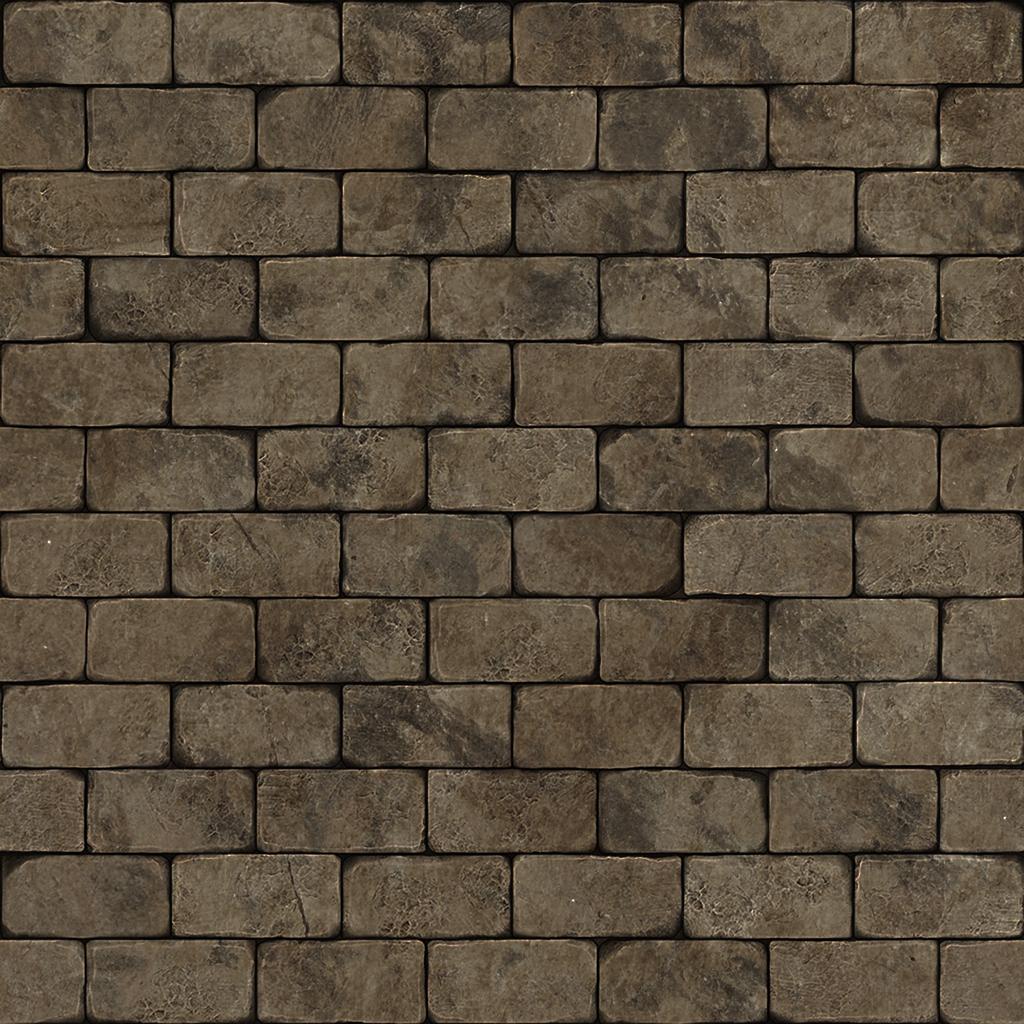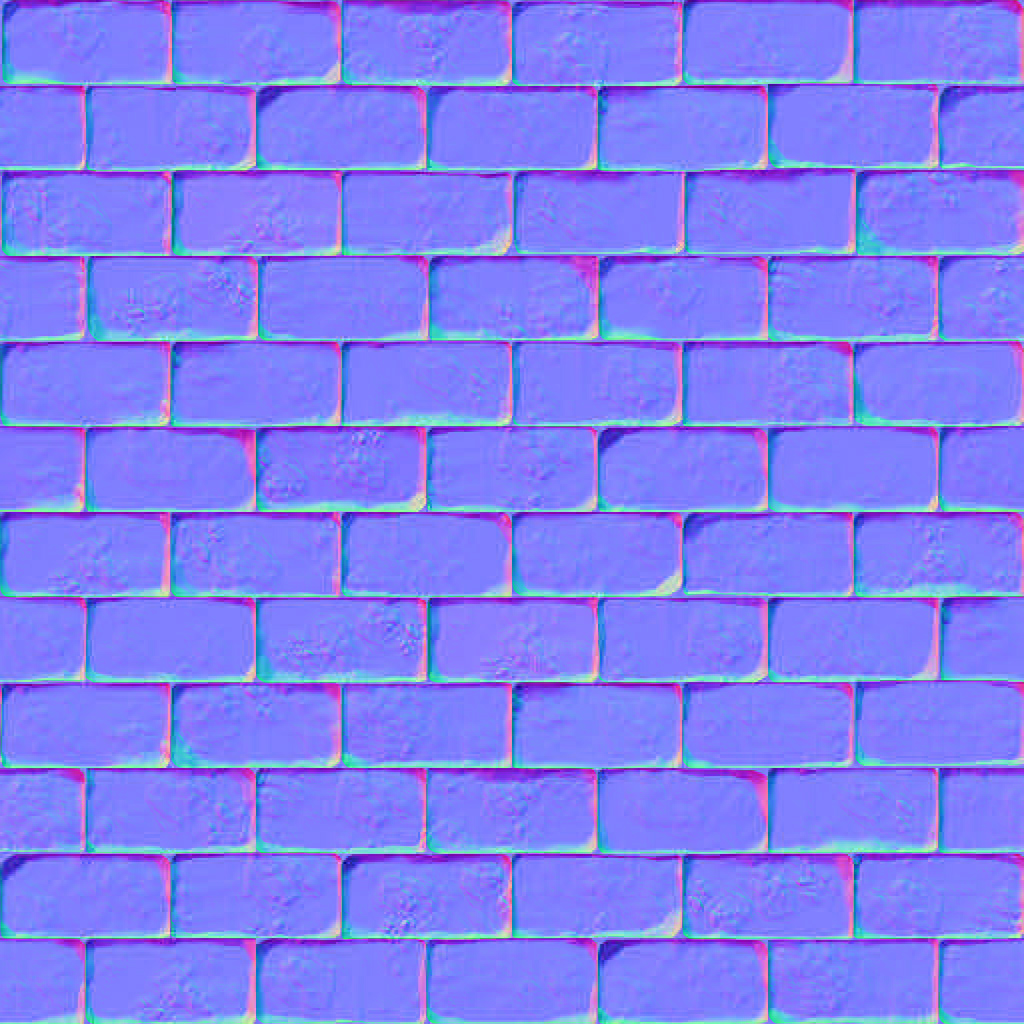1
2
3
4
5
6
7
8
9
10
11
12
13
14
15
16
17
18
19
20
21
22
23
24
25
26
27
28
29
30
31
32
33
34
35
36
37
38
39
40
41
42
43
44
45
46
47
48
49
50
51
52
53
54
55
56
57
58
59
60
61
62
63
64
65
66
67
68
69
70
71
72
73
74
75
76
77
78
79
80
81
82
83
84
85
86
87
88
89
90
91
92
93
94
95
96
97
98
99
100
101
102
103
104
105
106
107
108
109
110
111
112
113
114
115
116
117
118
119
120
121
122
123
124
125
126
127
128
129
130
131
132
133
134
135
136
137
138
139
140
141
142
143
144
145
146
147
148
149
150
151
152
153
154
155
156
157
158
159
160
161
162
163
164
165
166
167
168
169
170
171
172
173
174
175
176
177
178
179
180
181
182
183
184
185
186
187
188
189
190
191
192
193
194
195
196
197
198
199
200
201
202
203
204
205
206
207
208
209
210
211
212
213
214
215
216
217
218
219
220
221
222
223
224
225
226
227
228
229
230
231
232
233
234
235
236
237
238
239
240
241
242
243
244
245
246
247
248
249
250
251
252
253
254
255
256
257
258
259
260
261
262
263
264
265
266
267
268
269
270
271
272
273
274
275
276
277
278
279
280
281
282
283
284
285
286
287
288
289
290
291
292
293
294
295
296
297
298
299
300
301
302
303
304
305
306
307
308
309
310
311
312
313
314
| #include <glad/glad.h>
#include <GLFW/glfw3.h>
#include <glm/glm.hpp>
#include <glm/gtc/matrix_transform.hpp>
#include <glm/gtc/type_ptr.hpp>
#define STB_IMAGE_IMPLEMENTATION
#include <stb_image.h>
#include <iostream>
#include <string>
#include <sstream>
#include <fstream>
class Shader {
public:
Shader() = default;
Shader(const std::string &vsPath, const std::string &fsPath) {
init(vsPath, fsPath);
}
void init(const std::string &, const std::string &);
void initWithCode(const std::string &, const std::string &);
static std::string getCodeFromFile(const std::string &);
void use() const;
GLint get(const std::string &) const;
void setInt(const std::string &, GLint) const;
void setFloat(const std::string &, GLfloat) const;
void setMat4(const std::string &, const glm::mat4 &) const;
void setVec3(const std::string &name, const glm::vec3 &value) const;
private:
GLuint id = 0;
};
GLuint loadTexture(const std::string &);
void processInput(GLFWwindow *, Shader *&);
void setupQuad();
void render(float, Shader *);
const int SRC_WIDTH = 800 * 2;
const int SRC_HEIHGT = 600 * 2;
const float ASPECT = static_cast<float>(SRC_WIDTH) / SRC_HEIHGT;
struct Vertex {
glm::vec3 pos;
glm::vec2 uv;
glm::vec3 normal;
glm::vec3 tangent;
};
struct Triangle {
Vertex a, b, c;
void calcTangents() {
glm::vec3 edge1 = b.pos - a.pos;
glm::vec3 edge2 = c.pos - a.pos;
float deltaU1 = b.uv.s - a.uv.s;
float deltaV1 = b.uv.t - a.uv.t;
float deltaU2 = c.uv.s - a.uv.s;
float deltaV2 = c.uv.t - a.uv.t;
float det = 1.0f / (deltaU1 * deltaV2 - deltaU2 * deltaV1);
glm::vec3 tangent(det * (deltaV2 * edge1.x - deltaV1 * edge2.x),
det * (deltaV2 * edge1.y - deltaV1 * edge2.y),
det * (deltaV2 * edge1.z - deltaV1 * edge2.z));
tangent = glm::normalize(tangent);
a.tangent = b.tangent = c.tangent = tangent;
}
};
struct Quad {
Triangle first;
Triangle second;
void calcTangents() {
first.calcTangents();
second.calcTangents();
}
};
glm::vec3 lightPos(0.5f, 1.0f, 0.3f);
glm::vec3 cameraPos(0.0f, 0.0f, 3.0f);
Shader t2wShader, t2vShader, w2tShader;
int normalMapping = 1;
bool rotating = false;
GLuint diffuseMap, normalMap;
int main() {
glfwInit();
glfwWindowHint(GLFW_CONTEXT_VERSION_MAJOR, 4);
glfwWindowHint(GLFW_CONTEXT_VERSION_MINOR, 3);
glfwWindowHint(GLFW_OPENGL_PROFILE, GLFW_OPENGL_CORE_PROFILE);
glfwWindowHint(GLFW_RESIZABLE, GL_FALSE);
GLFWwindow *window =
glfwCreateWindow(SRC_WIDTH, SRC_HEIHGT, "normal", nullptr, nullptr);
if (!window) {
std::cerr << "failed to create window" << std::endl;
glfwTerminate();
return -1;
}
glfwMakeContextCurrent(window);
glfwSetInputMode(window, GLFW_CURSOR, GLFW_CURSOR_DISABLED);
if (!gladLoadGL()) {
std::cerr << "failed to load glad" << std::endl;
return -1;
}
glViewport(0, 0, SRC_WIDTH, SRC_HEIHGT);
glEnable(GL_DEPTH_TEST);
t2wShader.init("t2w.vs", "t2w.fs");
t2vShader.init("t2v.vs", "t2v.fs");
w2tShader.init("w2t.vs", "w2t.fs");
Shader *shader = &t2wShader;
diffuseMap = loadTexture("brickwall.jpg");
normalMap = loadTexture("brickwall_normal.jpg");
GLuint vao, vbo;
glGenVertexArrays(1, &vao);
glGenBuffers(1, &vbo);
glBindVertexArray(vao);
glBindBuffer(GL_ARRAY_BUFFER, vbo);
setupQuad();
while (!glfwWindowShouldClose(window)) {
processInput(window, shader);
glClearColor(0.0f, 0.0f, 0.0f, 1.0f);
glClear(GL_COLOR_BUFFER_BIT | GL_DEPTH_BUFFER_BIT);
render(glfwGetTime(), shader);
glfwSwapBuffers(window);
glfwPollEvents();
}
glfwTerminate();
}
void setupQuad() {
glm::vec3 pos[4]{{-1.0f, 1.0f, 0.0f},
{-1.0f, -1.0f, 0.0f},
{1.0f, -1.0f, 0.0f},
{1.0f, 1.0f, 0.0f}};
glm::vec2 uv[4]{{0.0f, 1.0f}, {0.0f, 0.0f}, {1.0f, 0.0f}, {1.0f, 1.0f}};
glm::vec3 normal(0.0f, 0.0f, 1.0f);
Quad quad{{{pos[0], uv[0], normal, {}},
{pos[1], uv[1], normal, {}},
{pos[2], uv[2], normal, {}}},
{{pos[0], uv[0], normal, {}},
{pos[2], uv[2], normal, {}},
{pos[3], uv[3], normal, {}}}};
quad.calcTangents();
glBufferData(GL_ARRAY_BUFFER, sizeof(Quad), &quad, GL_STATIC_DRAW);
glVertexAttribPointer(0, 3, GL_FLOAT, GL_FALSE, sizeof(Vertex),
reinterpret_cast<void *>(offsetof(Vertex, pos)));
glEnableVertexAttribArray(0);
glVertexAttribPointer(1, 2, GL_FLOAT, GL_FALSE, sizeof(Vertex),
reinterpret_cast<void *>(offsetof(Vertex, uv)));
glEnableVertexAttribArray(1);
glVertexAttribPointer(2, 3, GL_FLOAT, GL_FALSE, sizeof(Vertex),
reinterpret_cast<void *>(offsetof(Vertex, normal)));
glEnableVertexAttribArray(2);
glVertexAttribPointer(3, 3, GL_FLOAT, GL_FALSE, sizeof(Vertex),
reinterpret_cast<void *>(offsetof(Vertex, tangent)));
glEnableVertexAttribArray(3);
}
void processInput(GLFWwindow *window, Shader *&shader) {
if (glfwGetKey(window, GLFW_KEY_ESCAPE))
glfwSetWindowShouldClose(window, true);
if (glfwGetKey(window, GLFW_KEY_Q)) shader = &t2wShader;
if (glfwGetKey(window, GLFW_KEY_W)) shader = &t2vShader;
if (glfwGetKey(window, GLFW_KEY_E)) shader = &w2tShader;
if (glfwGetKey(window, GLFW_KEY_N)) normalMapping = 1;
if (glfwGetKey(window, GLFW_KEY_M)) normalMapping = 0;
if (glfwGetKey(window, GLFW_KEY_J)) rotating = true;
if (glfwGetKey(window, GLFW_KEY_K)) rotating = false;
}
void render(float currentTime, Shader *shader) {
static float rad = 0.0f, step = 0.001f;
if (rotating) {
if (rad > 0.75f) step = -step;
if (rad < -0.75f) step = -step;
rad += step;
} else {
rad = 0.0f;
}
shader->use();
shader->setInt("normalMapping", normalMapping);
glm::mat4 model(1.0f);
model = glm::rotate(model, rad, glm::vec3(1.0f, 1.0f, 1.0f));
glm::mat4 view(1.0f);
view = glm::translate(view, -cameraPos);
glm::mat4 proj = glm::perspective(glm::radians(45.0f), ASPECT, 0.1f, 100.0f);
shader->setMat4("model", model);
shader->setMat4("view", view);
shader->setMat4("proj", proj);
shader->setVec3("lightPos", lightPos);
shader->setVec3("viewPos", cameraPos);
glActiveTexture(GL_TEXTURE0);
glBindTexture(GL_TEXTURE_2D, diffuseMap);
glActiveTexture(GL_TEXTURE1);
glBindTexture(GL_TEXTURE_2D, normalMap);
glDrawArrays(GL_TRIANGLES, 0, 6);
}
GLuint loadTexture(const std::string &path) {
GLuint id;
glGenTextures(1, &id);
int width, height, nrComponents;
stbi_uc *data = stbi_load(path.c_str(), &width, &height, &nrComponents, 0);
if (data) {
GLenum format;
if (nrComponents == 1)
format = GL_RED;
else if (nrComponents == 3)
format = GL_RGB;
else if (nrComponents == 4)
format = GL_RGBA;
glBindTexture(GL_TEXTURE_2D, id);
glTexImage2D(GL_TEXTURE_2D, 0, format, width, height, 0, format,
GL_UNSIGNED_BYTE, data);
glGenerateMipmap(GL_TEXTURE_2D);
glTexParameteri(GL_TEXTURE_2D, GL_TEXTURE_WRAP_S, GL_REPEAT);
glTexParameteri(GL_TEXTURE_2D, GL_TEXTURE_WRAP_T, GL_REPEAT);
glTexParameteri(GL_TEXTURE_2D, GL_TEXTURE_MIN_FILTER,
GL_LINEAR_MIPMAP_LINEAR);
glTexParameteri(GL_TEXTURE_2D, GL_TEXTURE_MAG_FILTER, GL_LINEAR);
stbi_image_free(data);
} else {
std::cerr << "failed to load texture " << path << std::endl;
stbi_image_free(data);
}
return id;
}
void Shader::init(const std::string &vs, const std::string &fs) {
initWithCode(getCodeFromFile(vs), getCodeFromFile(fs));
}
void Shader::initWithCode(const std::string &vs, const std::string &fs) {
GLuint vertexShader, fragmentShader;
vertexShader = glCreateShader(GL_VERTEX_SHADER);
const GLchar *vsCode = vs.c_str();
glShaderSource(vertexShader, 1, &vsCode, nullptr);
glCompileShader(vertexShader);
int success;
char infoLog[1024];
glGetShaderiv(vertexShader, GL_COMPILE_STATUS, &success);
if (!success) {
glGetShaderInfoLog(vertexShader, sizeof(infoLog), nullptr, infoLog);
std::cerr << infoLog << std::endl;
}
fragmentShader = glCreateShader(GL_FRAGMENT_SHADER);
const GLchar *fsCode = fs.c_str();
glShaderSource(fragmentShader, 1, &fsCode, nullptr);
glCompileShader(fragmentShader);
glGetShaderiv(fragmentShader, GL_COMPILE_STATUS, &success);
if (!success) {
glGetShaderInfoLog(fragmentShader, sizeof(infoLog), nullptr, infoLog);
std::cerr << infoLog << std::endl;
}
id = glCreateProgram();
glAttachShader(id, vertexShader);
glAttachShader(id, fragmentShader);
glLinkProgram(id);
glGetProgramiv(id, GL_LINK_STATUS, &success);
if (!success) {
glGetProgramInfoLog(id, sizeof(infoLog), nullptr, infoLog);
std::cerr << infoLog << std::endl;
}
glDeleteShader(vertexShader);
glDeleteShader(fragmentShader);
}
std::string Shader::getCodeFromFile(const std::string &path) {
std::string code;
std::ifstream file;
file.exceptions(std::ifstream::failbit | std::ifstream::badbit);
try {
file.open(path);
std::stringstream stream;
stream << file.rdbuf();
file.close();
code = stream.str();
} catch (std::ifstream::failure &e) {
std::cerr << "File Error" << std::endl << e.what() << std::endl;
}
return code;
}
void Shader::use() const { glUseProgram(id); }
GLint Shader::get(const std::string &name) const {
return glGetUniformLocation(id, name.c_str());
}
void Shader::setInt(const std::string &name, GLint value) const {
glUniform1i(get(name), value);
}
void Shader::setFloat(const std::string &name, GLfloat value) const {
glUniform1f(get(name), value);
}
void Shader::setMat4(const std::string &name, const glm::mat4 &value) const {
glUniformMatrix4fv(get(name), 1, GL_FALSE, glm::value_ptr(value));
}
void Shader::setVec3(const std::string &name, const glm::vec3 &value) const {
glUniform3fv(get(name), 1, glm::value_ptr(value));
}
|






